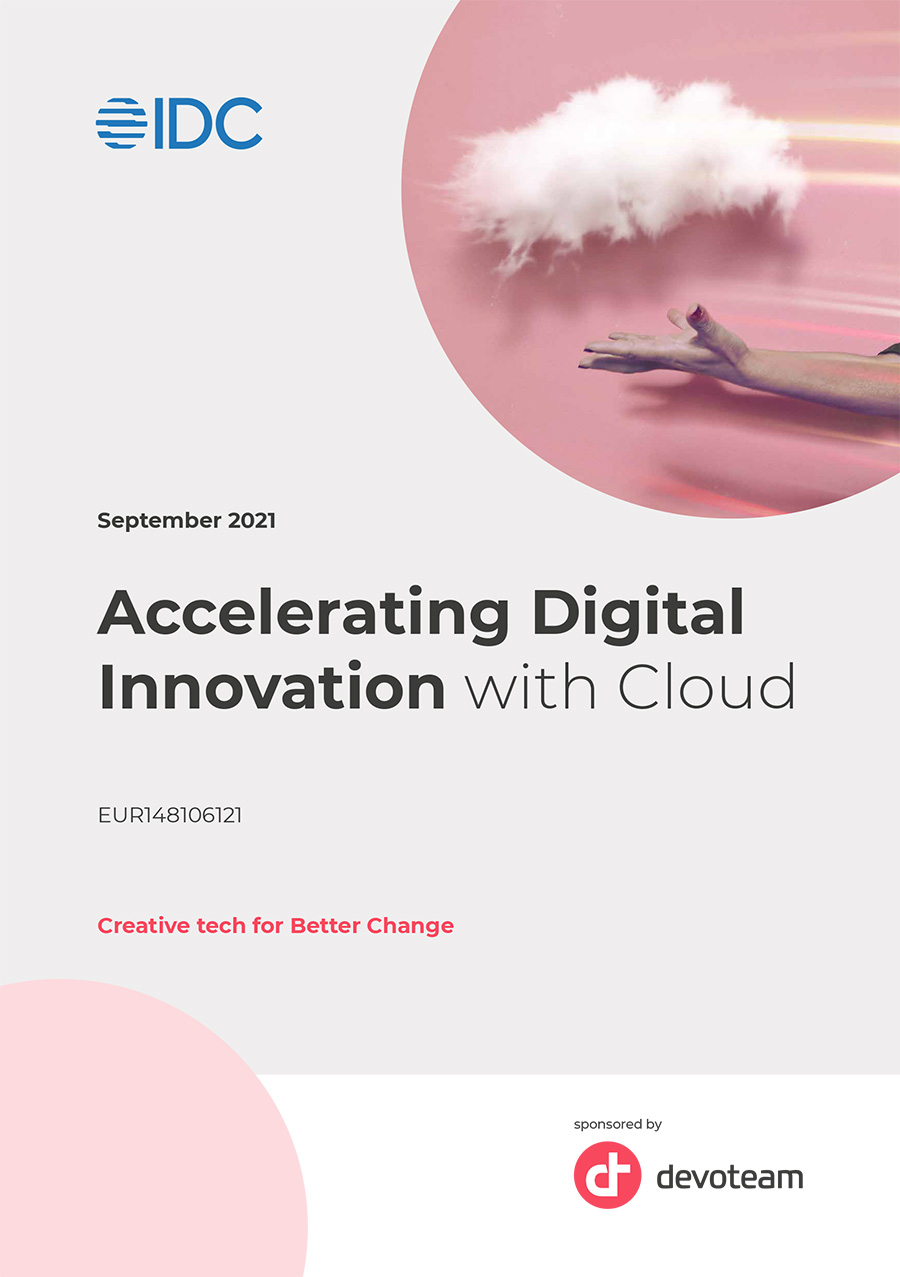At the broadest level, the types of deployment models for cloud services are public and private (See IDC’s Worldwide IT Cloud Services Taxonomy, 2019, IDC #US45714519).
- Public cloud services are shared among unrelated enterprises and/or consumers, open to a largely unrestricted universe of potential users, and designed for a market, not a single enterprise.
- Private cloud services are shared within a single enterprise or an extended enterprise, with restrictions on access and level of resource dedication, and defined/controlled by the enterprise, beyond the control available in public cloud offerings.
Cloud in its various forms (on-premises private cloud, public cloud, hybrid, and multicloud) has become the “de facto’’ architecture for modern IT and digital transformation (DX) across Europe for business agility, flexibility, scalability, security, and innovation.
Business Benefits of a Cloud-Based Digital Innovation Strategy
Cloud accelerates the testing, development, and deployment of services that are natively designed for consumption across multiple channels (online, mobile apps, chatbots). It brings elasticity to meet usage spikes for high-volume services such as seasonal retail services, tax returns, student applications, or event management.
Figure 2: The biggest value gains due to cloud usage Increase Business and IT Productivity
Increase Business and IT Productivity
Higher Revenue/Profit
Lower Cost of IT
Improved Security, Governance & Compliance
Improved Digital Customer Experience
Source: IDC, 2021 Cloud Benchmark Survey, N=700
Once these aims have been met, organizations often start to look at how to identify new revenue streams from the digitally transformed foundation.
